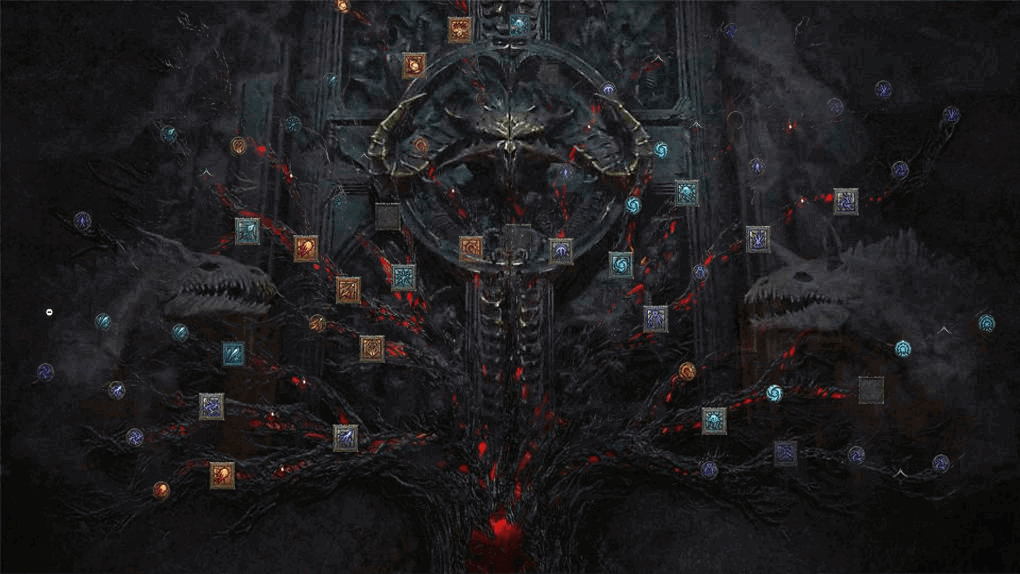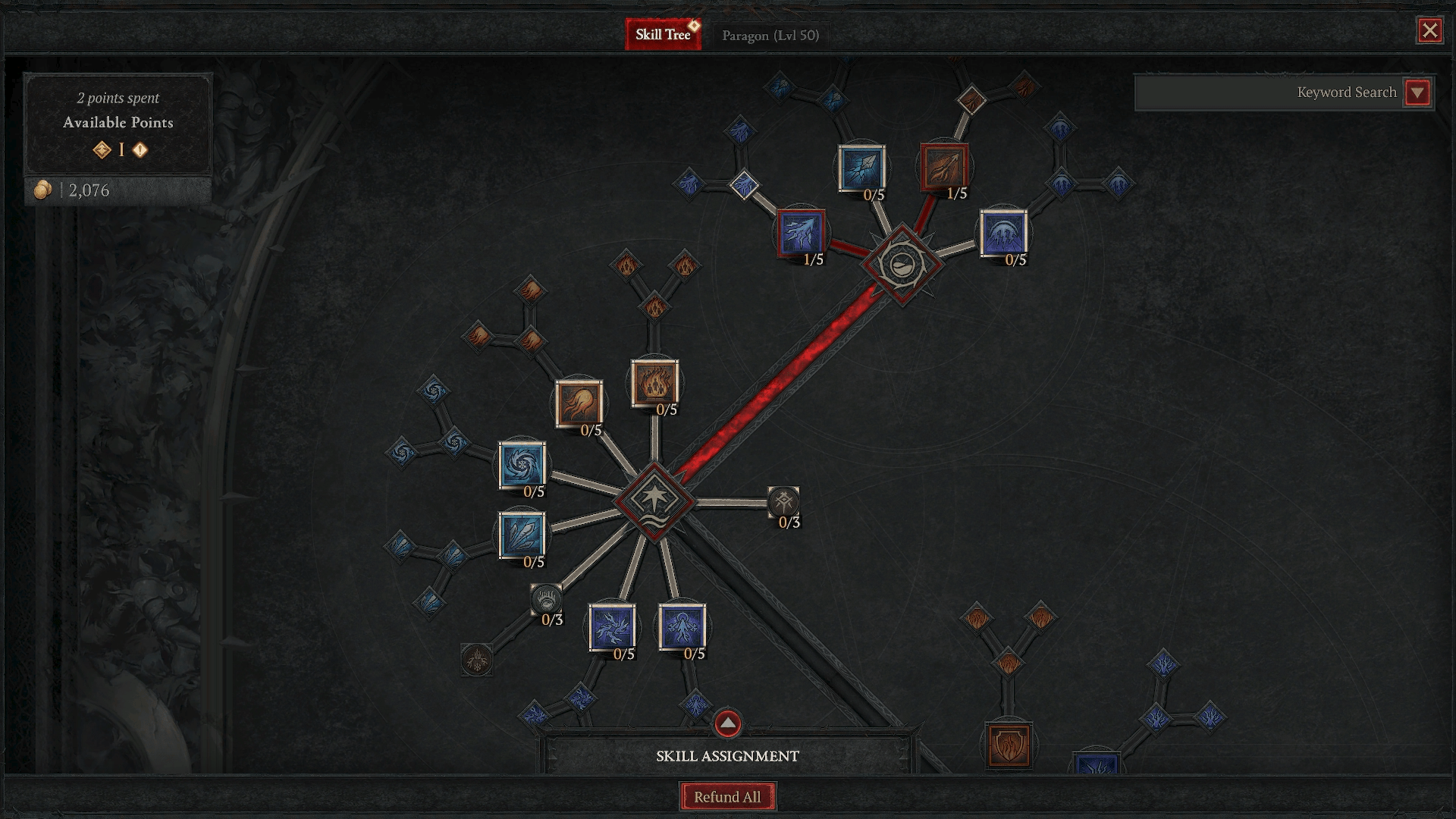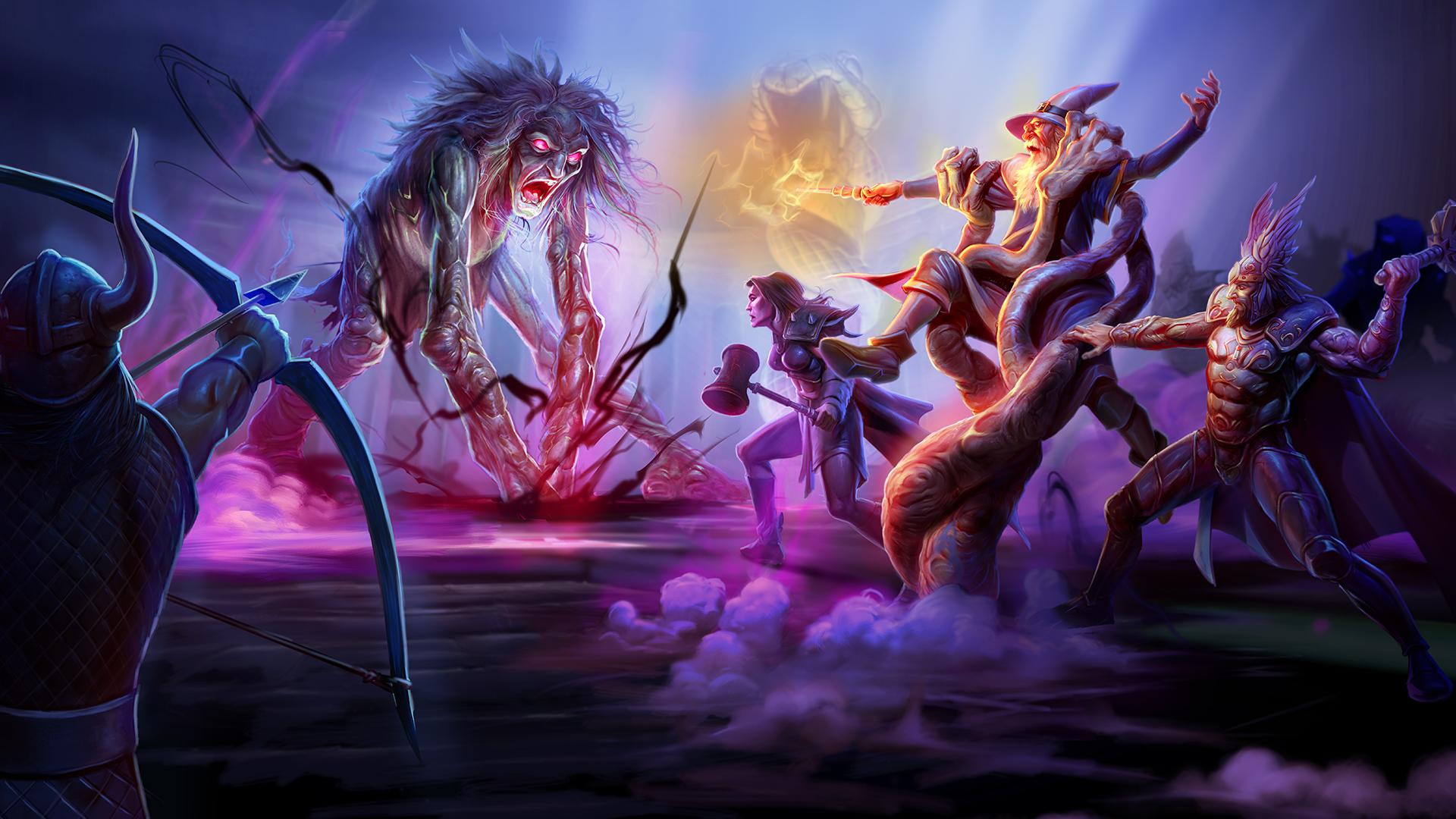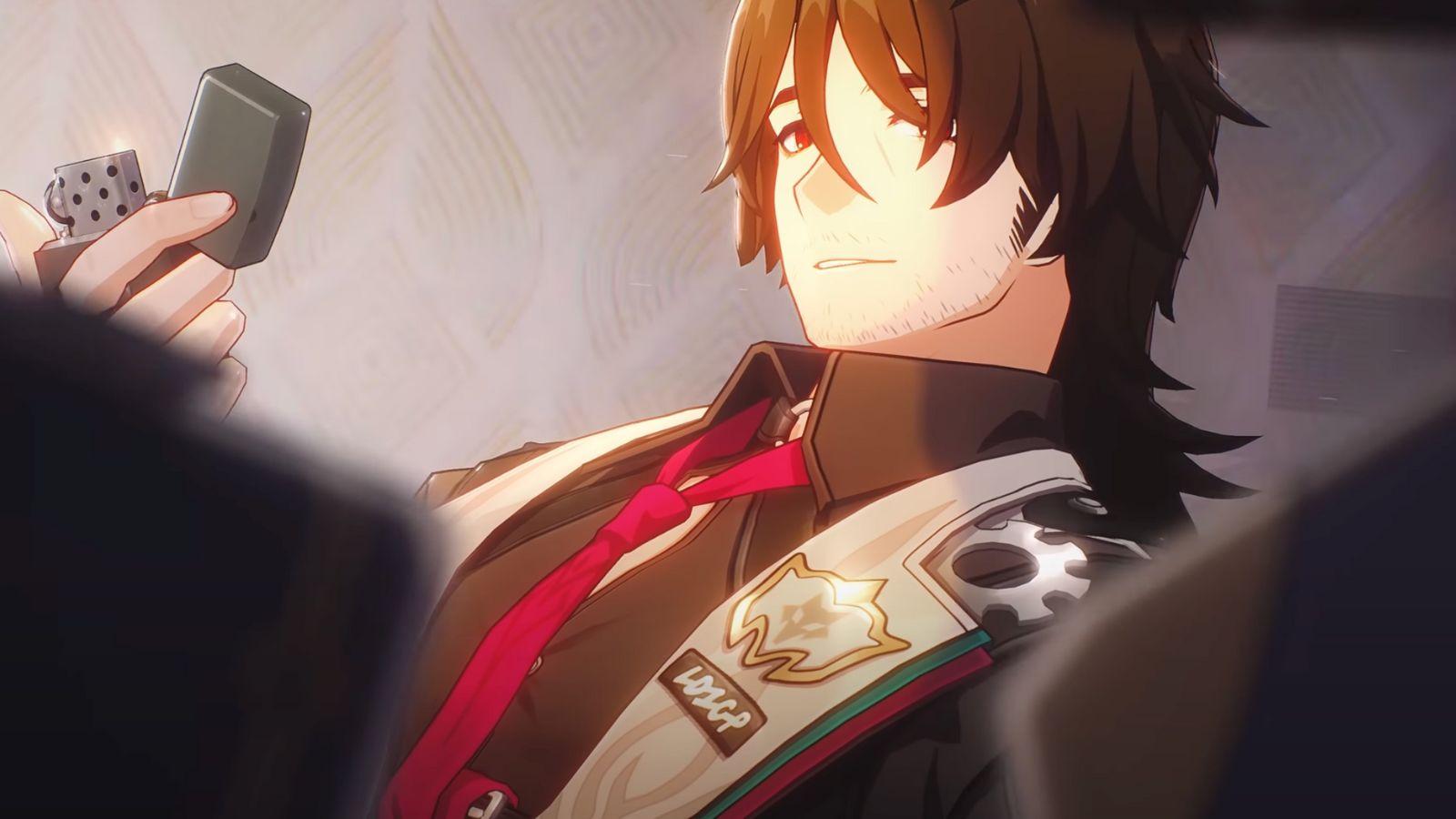Diablo 4 features a skill tree system. Players will gain access to active and passive abilities as they unlock nodes on the skill tree using points. The skill trees allow deep character customization. Each class features a one-of-a-kind skill tree. Resetting the skill points will require a huge amount of Diablo IV Gold. U7BUY provides players with a cheap and safe source of gold.
- Skill Tree in Diablo 4: A Game-Changing Mechanic
- Exploring the Skill Tree Mechanics
- Branching Paths and Unique Playstyles
- The Art of Skill Tree Planning
- The Evolution of Skill Trees in Diablo Games
- Summary and Key Takeaways
Skill Tree in Diablo 4: A Game-Changing Mechanic
Diablo 4 comes with a huge revamp of the character system. It shakes things up by losing the Diablo 4 skill categories and going back to the basics with the skill tree from Diablo 2. However, the system is not entirely as in the second game. For this fourth installment, Blizzard Entertainment created a skill tree focusing on seven categories of skills. The skill tree is a crucial part of the character system. A well-thought build, complemented by the right armor and weapon choices, will make your character a productive demon slayer. Understanding how the skill tree works is paramount for your performance.
Exploring the Skill Tree Mechanics
The Diablo 4 skill tree is divided into seven groups of nodes or clusters. Each cluster contains several nodes. Each node branches out into three nodes. Let’s see what each group is all about. The first group, Basic, has spells and abilities that generate class-specific resources. The second group, Core, includes active abilities that spend resources. The next tree groups are class-specific. We can think of them as specializations. Each class has a unique trio of specializations. For example, the Druid has Defensive, Companion, and Wrath skills. The Rogue has Agility, Concealment, and Imbuement. Next up, we have the Ultimate group. It contains powerful abilities with long cooldowns. The last group, Key Passives, has the fewest choices. These passive abilities improve your other skills or attributes. The skills are unlocked by distributing the 58 available points in their respective nodes.

Branching Paths and Unique Playstyles
Diablo 4 features five character classes, each with a distinct playstyle, strengths, and weaknesses. Players strive to come up with efficient builds that allow them to take down enemies. We’ve seen the components of a skill tree. When creating a build, it’s important to consider how the chosen active and passive abilities work with each other. Considering that you are limited to 58 skill points and six skills, you will have to make key choices when deciding which skills to unlock. Diablo 4 players are encouraged to experiment with skills. That’s how you come up with builds that are not just efficient, but also fun to play.
Related Topics
- How Damage Works in Diablo 4 (Part 1)
- How Damage Works in Diablo 4 (Part 2)
- What is the chance of a lucky hit in Diablo 4?
The Art of Skill Tree Planning
As you level up, you will obtain 58 points to invest in the nodes of your choice. Each class can put six abilities on the action bar. Before starting investing points, it’s recommended to read up on your class specializations and decide which way you want to go. Of course, if all you care about is performance, you can follow a guide. But, if you want to create your own build, you need to do some planning. This is where skill calculators come in handy. You can find them online. They allow you to play with points and see what the final result will look like. Of course, there is no way of knowing if a build is any good until you put it to the test. Don’t forget that equipment is also important. Find pieces of armor that enhance your abilities if you want to have a powerful character.
The Evolution of Skill Trees in Diablo Games
The skill tree mechanic was introduced in Diablo II. The first Diablo game had a different system. This first entry in the famous franchise allowed all three classes to use the same spells and abilities. Diablo 2 introduced more classes and gave each an identity using this system of skill trees. Each class skill tree has three tabs pertaining to different specializations. Each tab has rows of skills. Characters gain skill points and use them to unlock active and passive abilities. Diablo 3 would change this system. Instead of skill trees, we had skill categories. Each category featured three to five skills. Diablo 4 utilizes a skill tree based on the system from Diablo 2.
Summary and Key Takeaways
The Diablo 4 skill tree is a system of branching abilities. Each class comes with its skill tree. A skill tree has seven clusters that give basic, core, class-specific, and powerful passive abilities. Players acquire points as they level up. The points are used to unlock active and passive abilities. Using Diablo 4 gold, you can reset the skill tree and get the points back to reinvest them in other nodes. The action bar can hold six abilities. The combination of abilities is called a build. Creating the right build is very important. A character’s performance is based on the build and equipment.
FAQ
How many skills can a character learn in Diablo 4?
The skill tree contains many skills, however, you can have a maximum of six skills on your action bar. For this reason, you shouldn’t unlock more than six skills. Focus on improving the skills and creating powerful synergies rather than stretching thin.
Can skill points be reset or reallocated?
Yes. You can do this at any time. Open the Skill Tree menu and use the Refund option. It costs Diablo 4 gold to reset a skill tree. You will get all the points back to distribute them in another way.
How do ultimate and mastery skills differ from regular skills?
Ultimate skills unlock powerful abilities with long cooldowns. You can select only one ultimate per build. The ultimate skills are found in the sixth cluster of the skill tree. Some classes such as the Barbarian and Sorcerer have mastery skills as part of their unique mechanics that define class identity.
What role does the skill tree play in character progression?
The skill tree is an integral part of the character development. It gives you active and passive abilities. The passives enhance your active spells and abilities which, also supported by equipment, are your primary tools to fulfill the game’s goal which is taking down strong enemies.


